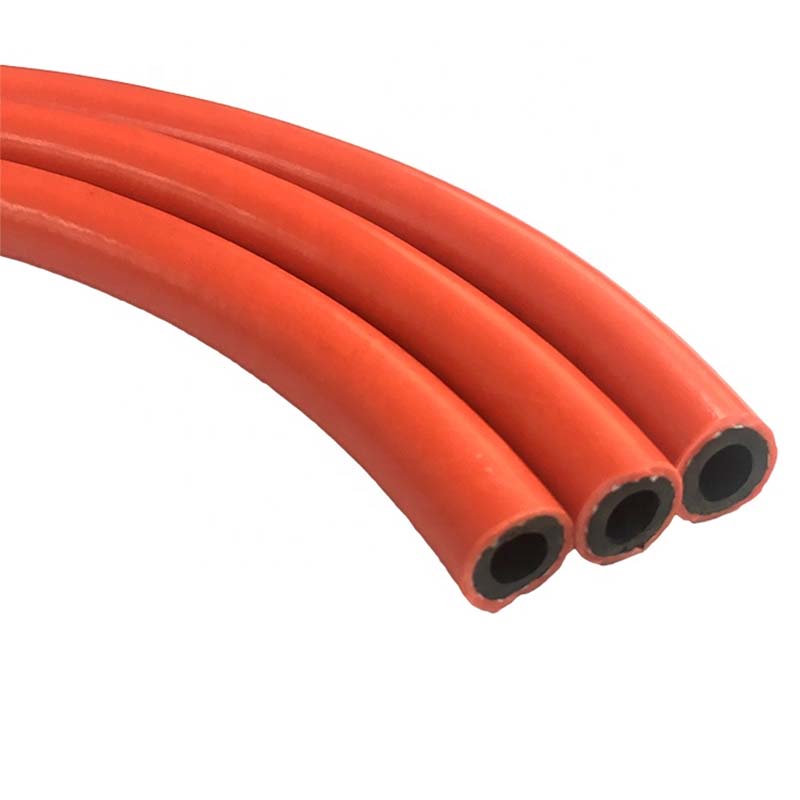connecting pvc pipe to garden hose
Connecting PVC Pipe to a Garden Hose A Comprehensive Guide
Connecting PVC pipes to garden hoses can be an essential task for anyone looking to enhance their garden irrigation system or create a DIY outdoor water feature. While it may initially seem challenging, with the right tools and techniques, you can achieve a secure and leak-free connection in no time. This article will guide you through the process step-by-step, ensuring that your project is both efficient and effective.
Tools and Materials Needed
Before you begin, gather the necessary tools and materials
1. PVC Pipe Select the appropriate diameter that fits your project requirements. 2. Garden Hose Choose a standard garden hose that fits well with your PVC piping. 3. PVC Fittings Depending on your connection type, you might need a female or male adapter. 4. Hose Clamps These will help secure the garden hose to the PVC fitting. 5. PVC Cement For permanent connections, specifically with PVC fittings. 6. Utility Knife or Pipe Cutter For cutting the PVC pipe to the desired length. 7. Measuring Tape For accurate measurements of your pipe and hose lengths.
Step-by-Step Instructions
1. Measure and Cut the PVC Pipe Use a measuring tape to determine how much PVC pipe you’ll need. Cut the pipe using a utility knife or pipe cutter for a clean edge. Ensure that your cut is straight to avoid any leakage issues later on.
2. Select the Right Fitting Depending on the style of your garden hose connection, you'll need to choose an appropriate fitting. A common choice is a barbed adapter, which allows for a hose to be clamped tightly onto the PVC.
3. Prepare the PVC Pipe Once you’ve cut the PVC pipe, remove any burrs or rough edges using sandpaper or a utility knife. This will help ensure a smooth connection and reduce the risk of leaks.
connecting pvc pipe to garden hose

4. Attach the Fitting If you’re using a PVC fitting, apply a liberal amount of PVC cement to both the end of the PVC pipe and the inside of the fitting. Join them together firmly, giving them a slight twist to ensure even distribution of the cement.
5. Connect the Garden Hose Slide the garden hose onto the barbed end of your adapter. Ensure it is pushed all the way down to create a strong connection.
6. Secure with Hose Clamps Use hose clamps to tightly secure the garden hose to the PVC fitting. Position the clamp at the junction of the hose and fitting, and tighten it using a screwdriver until it is snug but not overly tight to avoid damage.
7. Test the Connection Before putting your new system to full use, it's essential to test the connection for leaks. Turn on the water supply slowly and check around the connection points for any signs of leakage. If you notice any issues, re-tighten the hose clamps and inspect your fittings.
Maintenance Tips
Once you've successfully connected your PVC pipe to your garden hose, a few maintenance tips will help prolong the life of your system
- Inspect Regularly Check connections for leaks or wear and tear periodically. - Store Properly When not in use, store hoses and pipes away from direct sunlight to prevent wear from UV damage. - Clear Debris Regularly clear out any dirt or debris from the fittings to ensure proper water flow.
In summary, connecting PVC pipes to garden hoses is a useful skill for enhancing your garden's irrigation or creating custom water features. By following these steps and using the correct tools, you can establish efficient and reliable connections that will serve you well for years to come. Happy gardening!
-
Top Quality Oxy Acetylene Hoses for Sale Fit for Welding DemandsNewsJul.28,2025
-
The Future of Pneumatic Air Tubes in IndustryNewsJul.28,2025
-
Superior and Reliable LPG Hose Pipe Solutions for Every NeedNewsJul.28,2025
-
Exceptionally Durable and Versatile Premium Braided PVC TubingNewsJul.28,2025
-
Best Adapters for Connecting Garden Hose to PVC Pipe ConnectionsNewsJul.28,2025
-
The Essential Role of LPG Hoses in Safe and Efficient Gas DistributionNewsJul.16,2025














